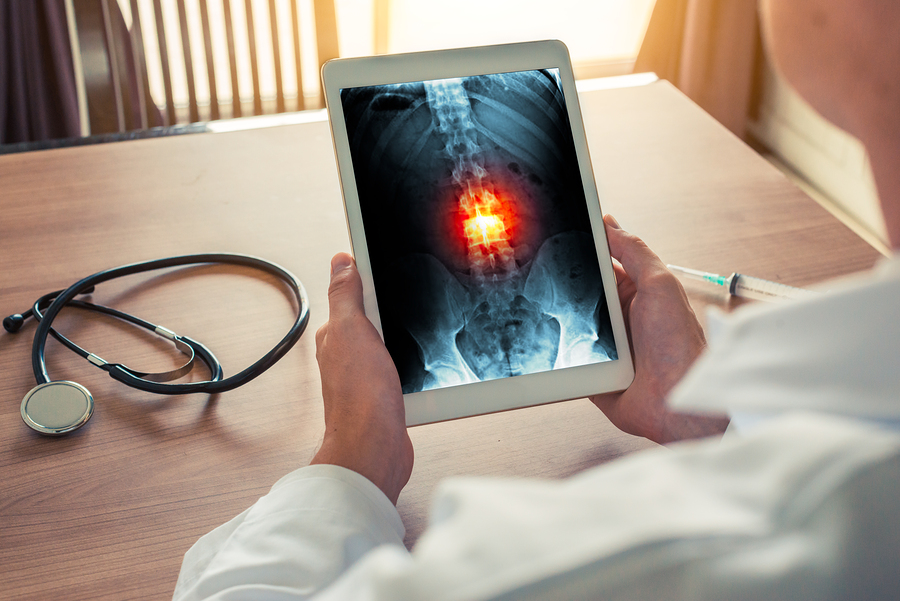Car accidents are a common cause of serious back injuries that can have lasting effects on a victim’s quality of life.

Types of Back Injuries
Car accidents are not one in the same. There are tons of different ways that two cars can collide, which also means there are various ways that a person can become injured based on impact, type of car, and more. In 2018 alone, there were almost 37,000 motor vehicle related deaths. Furthermore, car-related injuries send over 2.3 million people to the emergency room annually.
A large cause of worry is a back injury. According to The Good Body, 80% of adults will experience a back injury in their lives. For 5% of people with back injuries, that injury will be chronic and disabling.
There are many different types of back injuries. Here are some common ones you might be facing after a car accident.
Thoracic Spine Injuries
A Thoracic Spine Injury is one that affects the thoracic spine, found in the upper to middle part of the back. The thoracic spine has 12 vertebrae, named T-1 to T-12 from top to bottom. These vertebrae affect muscles, upper chest, mid-back, abdominal muscles, and back muscles. T-1 through T-5 help you breathe by controlling the rib cage, lungs, and diaphragm. T-6 through T-12 helps with balance and posture.
An injury to the thoracic spine region can be very serious and will require medical attention. OrthoInfo states that, “A fracture of the thoracic or lumbar spine causes moderate to severe back pain that is worsened with movement.” It’s possible that this will also be accompanied by numbness, tingling, or weakness in limbs.
Lumbar Spine Injuries
While they’re both spine injuries, the lumbar spine refers to the lower portion of the spine. The vertebrae of the lumbar spine are L-1 through L-5 from top to bottom. Injuries to the lumbar spine can result in the loss of function in hips and legs. Depending on the severity of the injury, someone with a lumbar spine injury may need a wheelchair. However, they may be able to walk on their own with braces.
Vertebrae L-1 and L-2 account for hip bending and flexing, L-3 helps with knee straightening, L-4 controls bending your foot upwards, and L-5 is the extension of your toes. These are very specific functions, and your lack of control might depend on exactly how your lumbar spine was injured.
Herniated Discs
“The bones (vertebrae) that form the spine in the back are cushioned by discs. These discs are round, like small pillows, with a tough, outer layer (annulus) that surrounds the nucleus. Located between each of the vertebra in the spinal column, discs act as shock absorbers for spinal bones,” says the American Association of Neurological Surgeons.
Herniated discs can happen anywhere along the spine, but are most common in the lumbar spine. Symptoms for a herniated disc depend on the size and location of the disc. If you’re experiencing back pain it can be hard to decipher what exactly the problem is until you go to the hospital. If you have a herniated disc in your lumbar spine, you might have pain, burning, tingling, and numbness that radiates from your butt to your leg.
Spinal Cord Injuries
There are two types of spinal cord injuries, complete and incomplete. Complete spinal cord injuries occur when all feeling and movement control is lost. This means that no messages are getting through to the spinal cord to tell it what to control. An incomplete spinal injury means that some messages are getting through, and you still have the ability to control some parts of your body. An incomplete spinal injury could be a lumbar or thoracic spine injury.
Spinal injuries are sometimes accompanied by Paraplegia and Quadriplegia. Paraplegia is the inability to control the lower half of your body, the loss of feeling and movement. Paraplegic’s still have control over the top half of their body’s.
Quadriplegia is the loss of feeling and ability to control movement in both arms and legs. This usually occurs in an injury that affects the T-1 nerve or above.
Spinal Stenosis
Mayo Clinic says that, “Spinal stenosis is the narrowing of the spaces within your spine, which can put pressure on the nerves that travel through the spine. Spinal stenosis occurs most often in the lower back and the neck.”
Spinal stenosis can be tricky because some people don’t experience symptoms. Others can experience symptoms like pain, tingling, numbness, and muscle weakness.
There are two types of spinal stenosis, cervical and lumbar. Cervical stenosis means that the narrowing of the spaces in your spine occurs in your neck. Lumbar stenosis means the narrowing occurs in your lower back. Lumbar stenosis is more common than cervical stenosis.
Facet Injuries
A facet injury can be hard to diagnose although it’s one of the more common back injuries. According to Spine Health, “When the acute lumbar or cervical facet joint inflammation is at its peak, the symptoms may closely imitate those of a herniated disc, a deep infection, a fracture, or a torn muscle of the spine, or in the low back, sometimes an acute intra-abdominal problem.”
Facet joint injuries can be accompanied by many symptoms. For example, there may be discomfort when you lean backwards, but not as much when you lean forwards. There may also be a point of tenderness where the inflamed facet joint is located.
Diagnosing a Back Injury After a Car Accident
As you probably noticed from above, a lot of back injuries carry very similar symptoms. Everything seems to cause tingling, numbness, and pain. The only real way to get an accurate diagnosis is to head to a doctor. Diagnosis of the spinal cord injury can include a CT or “cat” scan. A CT scan uses cross-sectional images to show the scope of the damage. An MRI is also used to take a picture of the spine using a magnetic field and radio waves. These pictures will show anything that might be visually wrong with the spine. X-rays are also taken as they can show fractures or damage to the spine.
Treatment of Car Accident-Related Back Injuries
The treatment options for back pain are far and few between, leaving only few options for those struggling with this type of pain. In general, to soothe your pain, you could be given pain medication, referred to a physical therapist, or have surgery. The scope of the treatment relies heavily on exactly how bad the accident and injury were. The treatment for a herniated disc won’t be the same as a complete spine injury.
Physical therapy is very common in back injuries, as stated in the World Journal of Orthopedics, “Treatment of patients with spinal cord injuries is an ongoing process for many years and starts shortly after the injury with acute care and early surgical interventions; thereafter, sensory, motor and autonomic dysfunction treatment in the chronic phase and finally, life long treatment in the home environment.”
Delayed Back Injury Symptoms
Some back injuries may not manifest right away, or you may not realize that your symptoms are as serious as a spinal cord injury until they start to get worse. Symptoms of a delayed back injury can include numbness in any limbs, worsening pain in your back, and tingling. These symptoms can show up right away, but if you start to develop them even weeks after your accident, they’re still worth getting checked out.
Compensation for Your Car Accident Back Injury
If you’ve been injured in a car accident and are facing severe back injury, you’re likely to have a lot of medical bills and insurance claims weighing you down. You shouldn’t have to figure this out all on your own. If you’re located in the Saint Paul, Minnesota area, contact a car accident lawyer at Sand Law today. Let us evaluate your case for free, while you focus on recovering. Contact us online or by phone at 651-291-7263 today.

